What do phloxes like - shade or sun?
Planting phlox in the shade or in the sun depends on several factors at once. When arranging, clubs take into account the requirements of other plants, planting compatibility. The variety of phlox itself also plays a role - for example, varieties with red and crimson petals are recommended to be grown in partial shade to prolong their flowering and preserve the brightness of the color.
Place for planting annual phlox
The annual variety is represented by Drummond phlox. The flowers received their title in honor of their discoverer, who once brought this plant to European countries. Depending on the variety, the color of the petals can be very diverse. The height of these plants is only 25-30 cm.
At the time of flowering, small flowers appear on the peduncles, collected in corymbose or umbellate inflorescences. The advantage of this species is its unpretentiousness: flowers easily put up with both the scorching sun and shading.
Annuals are planted:
- along the tracks;
- on the alpine slides;
- in mixborders.
Flowering begins in June and continues until frost. Blooming flowers emit a bright aroma.
The only place where you shouldn't plant a plant is on the north side of the house or fence. In full shade, the inflorescences look stunted and faded. Drummond phlox will thrive in sun and partial shade.
Growing conditions for perennial phlox
The place for planting perennial species should be chosen more carefully, because they will have to "sit" on one site for several years. Based on the natural growing conditions, these plants require an abundance of moisture and sun with shade at midday hours.
When grown in deep shade with phlox, various problems arise:
- shoots are strongly stretched;
- stems can bend, seeking access to light;
- the likelihood of damage by powdery mildew increases.
Flowers love the shade of low shrubs or rare trees that protect them from the heat. Higher plantings, located nearby, do not allow the soil to dry out too much, in such a place moisture-loving phlox grow well.
Phlox subulate
Phlox subulate is a special plant belonging to the creeping species. It is planted singly and in group plantings.
Perennials are suitable neighbors:
- crocuses;
- lemon-scented thyme;
- saxifrage.
The flowering of the ground cover lasts about a month, starting from the second decade of May. Feeding and proper care will help to slow down the wilting of flowers. This species is not afraid of the bright sun, so it can be planted in a well-lit area. Stagnation of water at the roots of a ground cover plant is unacceptable.
Phlox paniculata
This species is most often found in the flower beds of Russian gardeners. The flowers of phlox paniculata can have very different colors. Blooming lasts all summer long. The plant is irreplaceable when creating a club and as a curb.
The flowers tolerate the scorching sun and small shade well. The quality of flowering does not deteriorate in either case.
When choosing a planting site, it should be borne in mind that this is a tall plant (reaches a height of 1.2 m), which needs moderate watering and drained soil. In joint plantings, this species is placed in the background. Bushes attract bees and other pollinators to the site.
Spotted phlox (meadow, pyramidal)
In appearance, this plant resembles paniculata phlox, it can be distinguished during flowering by the pyramidal shape of the inflorescences and a dark red spot in the middle of each flower.
For planting a perennial, you should choose areas with loose, fertile and moist soil.
Spotted phlox tolerates dense shade worse than other species; in such conditions, the plant is often affected by powdery mildew. On the site, a sunny or slightly shaded place is allocated for it.
Phlox spread out
This plant has a compact size (height - 20-50 cm). The flower petals are mostly bluish. Perennial is undemanding to the composition of the soil, grows well even on rocky soil in rockeries and alpine hills.
With a lack of sunlight, the flowers of the plant lose their brightness in color, become inconspicuous, the inflorescences are formed loose. In all its glory, splayed phlox manifests itself in the sun and in partial shade.
The choice of where to plant flowers should always be dictated by their requirements for growing conditions. Slightly shaded areas are most suitable for phlox. In this case, the petals will not fade, the plants will remain healthy, their appearance will fully correspond to the characteristics of the variety.
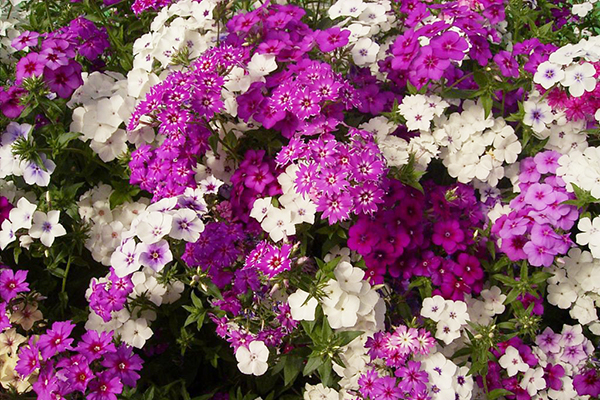
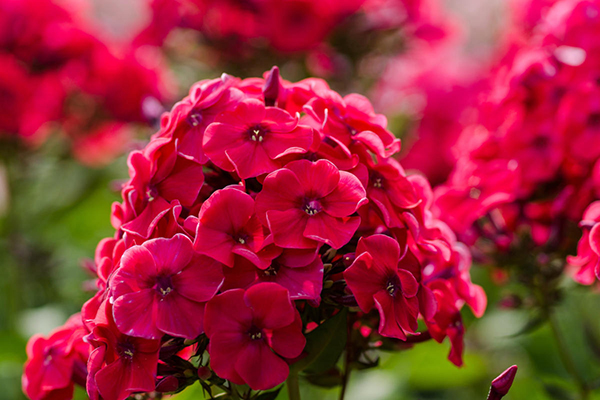
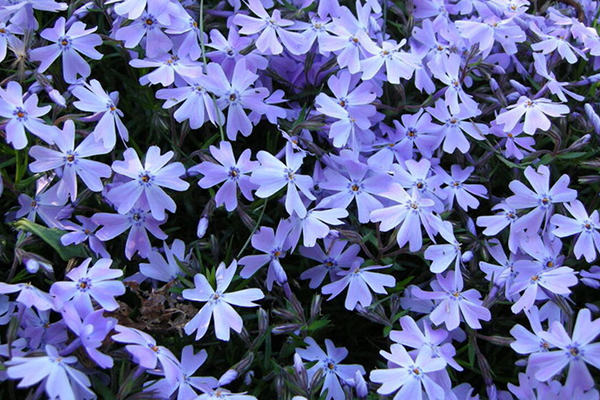
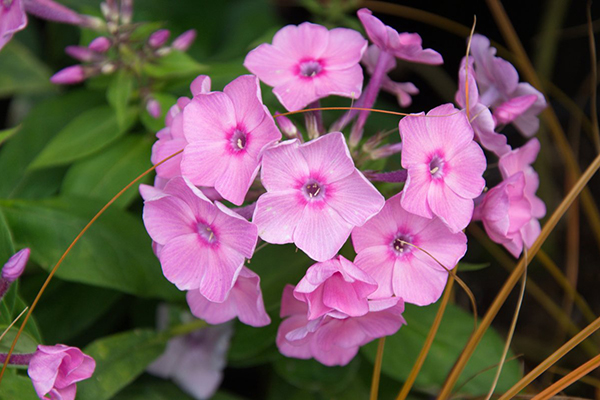
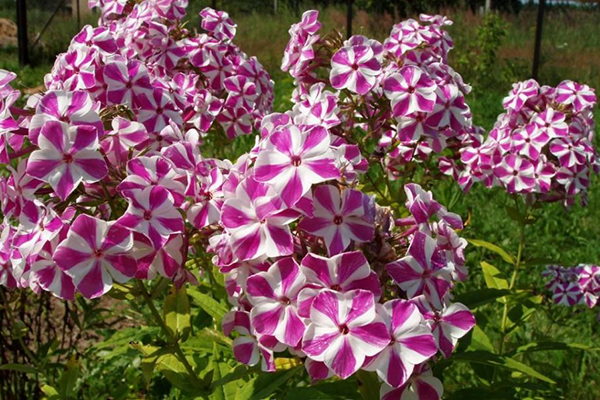
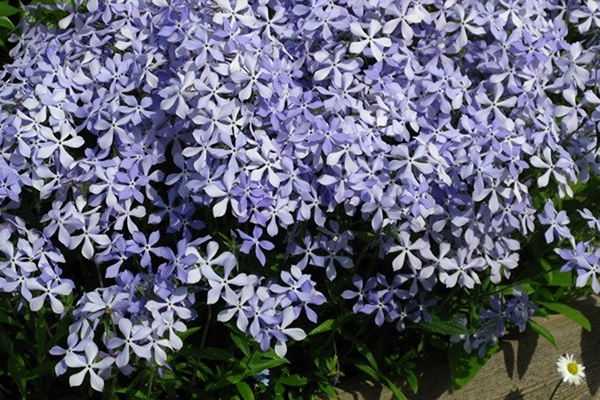
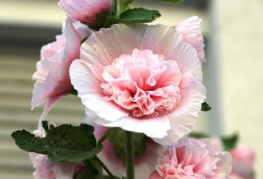
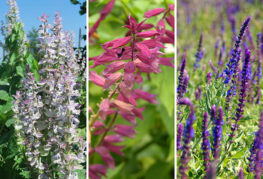

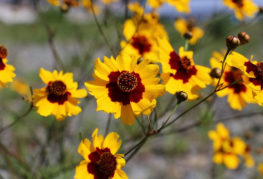
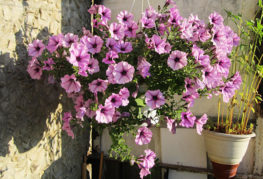
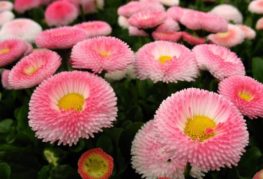
and will be published shortly.